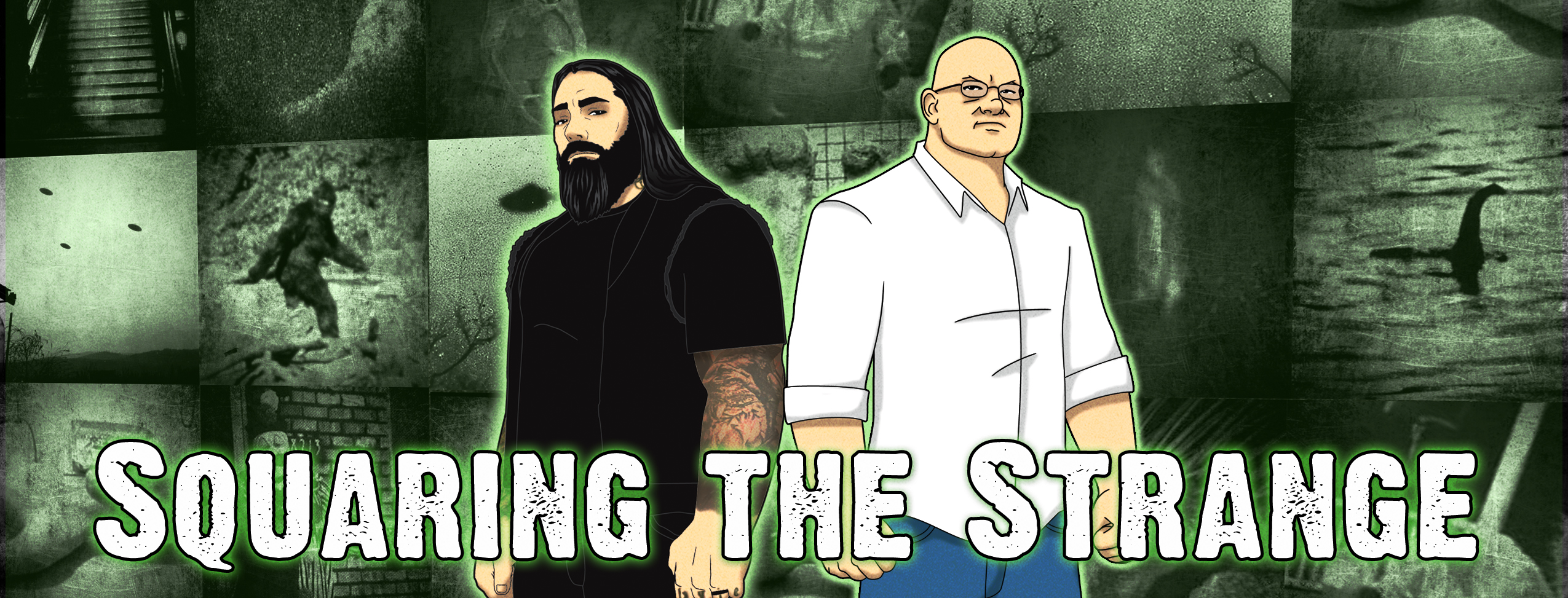In the latest in a series highlighting past episodes and archives of Squaring the Strange, here’s a look back at a show you might have missed:

Episode 24: Copycat Crimes
This week, Ben is skeptical of the History Channel bland promise to be transparent and do more investigation on their recent Amelia Earhart fiasco (spoiler: they haven’t). For the main topic, the copycat effect, Ben talks about behavior modeling versus ideation, covering everything from fears of anorexia to the artistry of crop circles. Moving onto serious crimes, the guys discuss the church fires during the 1990s: after President Clinton addressed the issue and formed a task force, the fires actually quadrupled—most set by juveniles who had no clear motive. As parents know, the drive to copy and gain attention is clearly present in children, but some people never grow out of it. Certain instances were a perfect storm of copycatting: the Anthrax scare of 2001 resulted in tremendous anxiety and costs, as it was cheap and easy to fake with talcum powder while being expensive and time-consuming for authorities to deal with. The clown panic of 2016 was a less harmful (but to some, even scarier) example of copycat behavior and attention-seeking. Copycat suicide has many aspects to explore, from the self-immolation of political martyrs to recent concerns about the show 13 Reasons Why. Just like real-life events, there is always a risk that art can inspire some individuals to act in dangerous or criminal ways—but blaming the media for social ills is often too simple an explanation.
You can find more on me and my work with a search for “Benjamin Radford” (not “Ben Radford”) on Vimeo, and please check out my podcast Squaring the Strange!
0 Comments